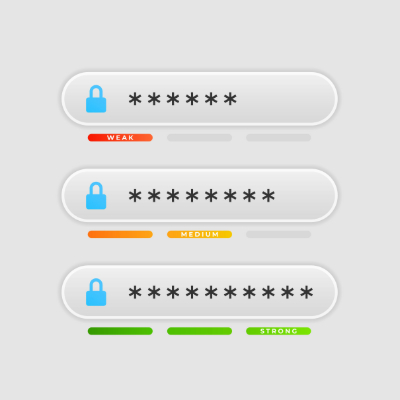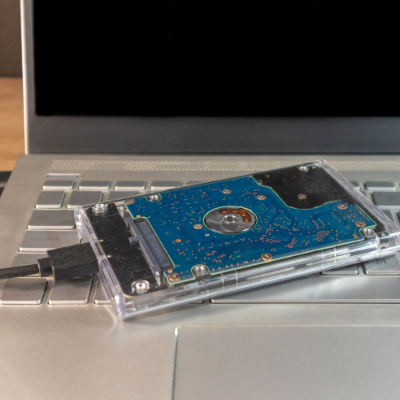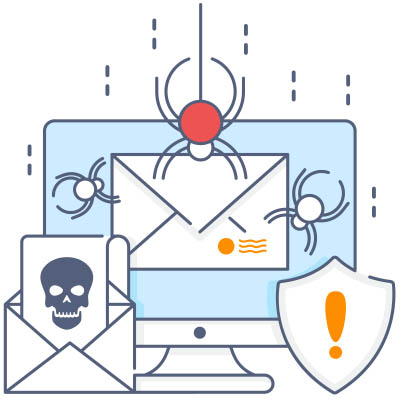A strong cybersecurity posture isn’t just about installing the latest software or ticking boxes on a compliance checklist. It’s about building a culture of security where every member of your team is actively engaged and invested in protecting your collective digital well-being… but how do you achieve that buy-in, beyond simply mandating policies? It starts with illuminating the “why” behind the “what.”
Artificial intelligence is becoming ubiquitous in the business technology sector and for good reason. It’s allowing small and medium-sized businesses to do more and compete with businesses that were previously just ahead of them. Today, we want to go over some (reasonably) easy ways you can use AI in your IT operations to make your business more efficient.
Quick—how many passwords do you have to remember? Chances are, it’s more than you might expect… especially when you factor in both your personal ones and those you maintain for your business. After all, it is risky to the point of irresponsibility to repeat your passwords across accounts, especially those you maintain for your business. This kind of repetition can easily lead to financial losses and reputation damage, as it facilitates a data breach.
If you’re a smart manager, you’re always looking for ways to optimize spending and enhance your organization’s ability to be efficient. Voice over Internet Protocol (VoIP) isn’t just a trendy tech term; it’s a strategic financial move that can significantly impact your bottom line. Today, we get into how VoIP translates to real cost savings.
Running a business today presents unique opportunities and challenges. For instance, safeguarding business information and systems—both physical and digital—is no longer just an IT department concern; it is fundamental to operational continuity and overall success. The real question is whether or not you are prepared to deal with the threats you’re practically guaranteed to face.
While you want to believe the best of your business, including your IT staff, it’s important to recognize when they’ve reached their limit regarding knowledge and workload. To combat these limitations, you can work with an outsourced IT provider. Combining the two can help you meet your business’ technology needs.
There are a lot of ways that a business’ data is at risk. Hackers can inundate your network with malware, some kind of natural disaster can befall your place of business, you could be the victim of sabotage, or someone who works for you can just mistakenly delete a critical file. With so much risk, it’s a good idea to have a comprehensive backup and recovery plan in place so you have access to a copy of your data should any of these unfortunate situations come up.
Want to run a business without technology? You’re in the wrong line of work; technology is so deeply ingrained in business that it’s not going anywhere. From your communication platform to your point-of-sale software, you need technology, and where there’s technology, there will inevitably be a need for technicians.
Every day, cybercriminals wake up and choose violence. Whether it’s a nasty strain of ransomware demanding a king’s ransom or a sneaky little virus that just wants to watch your business burn, the threats never stop coming. That’s why locking down your business is as essential as putting cream in your morning coffee.
How much time and money do you spend wrestling with your business’ software? Between updates, license renewals, and that one employee who keeps accidentally deleting their email app, it’s enough to make you want to scream. Unfortunately, software is kind of non-negotiable. You need it. So, should you go old school and buy it outright, or should you consider moving to the cloud and employing Software-as-a-Service?
- 1
- 2










